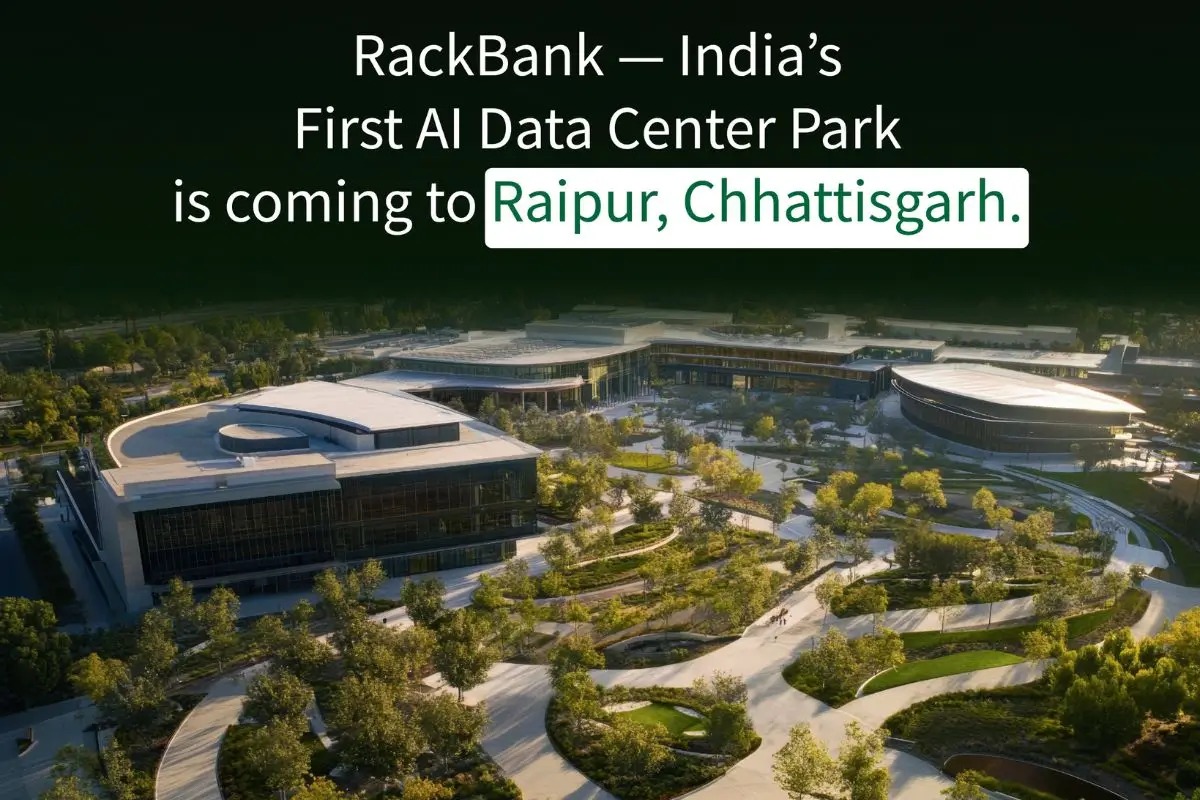Key Announcements
India has achieved a milestone in its digital evolution process with the launch of the nation's first AI-focused Special Economic Zone (SEZ) in Chhattisgarh's Nava Raipur. The ambitious venture is being led by RackBank Datacenters Pvt. Ltd. and is to begin with an investment of Rs 1,000 crore that is expected to grow to Rs 3,000 crore in the next five years.
Project Overview
The AI SEZ, spanning 13.5 acres, will have a world-class data center park with an initial capacity of 80 MW power, expandable to 160 MW in subsequent phases.
The campus will have the capacity to accommodate 1,00,000 GPUs, making it among the strongest AI computation centers in South Asia.
The campus will also have a 2.7-hectare SEZ part, with tax holidays and regulatory advantages to induce global technology investments.
Innovation and Technology Highlights
Direct-to-chip and Varuna liquid immersion cooling systems owned by RackBank will be utilized, cutting down cooling expenses by as much as 70% and improving energy efficiency.
The AI Datacenter Park shall host high-end workloads in AI, data analytics, health-tech, fintech, and the like with scalable rack densities from 80 kW to 200 kW per rack.
Socio-Economic Impact
The project will create about 500 direct and 1,500 indirect employment opportunities, giving prominence to local skill and promoting skill development through association with educational institutions.
The center will empower industries like agriculture, healthcare, and education through AI-enabled solutions in smart farming, remote diagnostics, and digital education.
By making Raipur a hub of digital innovation, the project plans to cut down on youth migration to conventional tech hubs and bring inclusive growth to rural and urban regions.
Vision for the Future
Supported by technocratic government policies and sustainability, the AI SEZ incorporates green building practices, solar power, and water harvesting.
The park is envisioned as a force to build up India's independence in AI technology, underpinning cooperation among academia, the industry, and the government to foster innovation and digital sovereignty.
Sources: Times of India, Free Press Journal, TelecomTalk, Evertiq, DataCenterDynamics, Economic Times Manufacturing, W.Media, Devdiscourse, RackBank Blog

